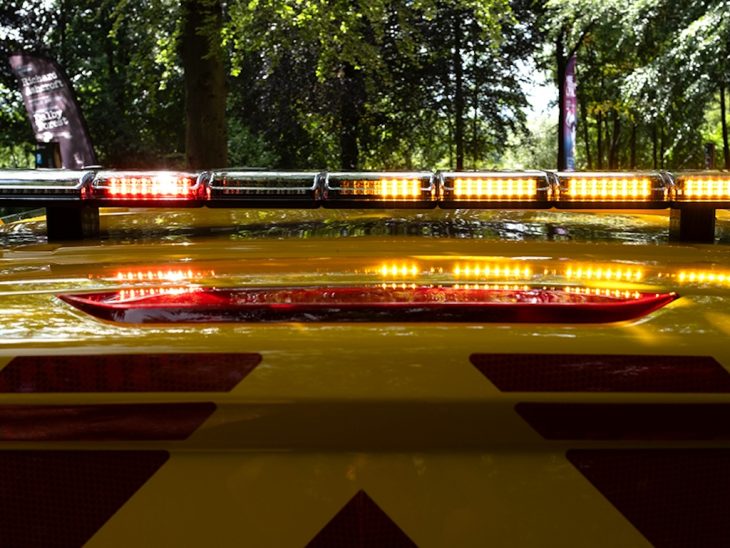The AA has introduced flashing rear red lights to its fleet of breakdown vehicles in a significant move to improve the safety of its roadside patrols, its members and other road users.
The rollout follows new rules that allow motoring organisations and recovery operators to use ‘rear reds’ in a similar way to police and National Highways officers.
After decades of campaigning by the UK’s largest motoring organisations and recovery operators, the Professional Recovery Operators Safety Executive announced in September that all roadside recovery, removal and tyre industry operators can now apply for a Vehicle Special Order (VSO) that will allow operators or technicians to use red lamps on their vehicles, alongside the usual amber ones.
Such flashing rear red lights will make breakdown vehicles more visible to oncoming traffic, especially in poor weather conditions.
By drawing attention to stationary breakdown vehicles, the new lighting system could reduce the number of collisions and enhance the safety of both the vehicle operators, AA members and other road users.
Last year, 4,723 casualties occurred on motorways – these incidents include those whose vehicles were struck as they were receiving help.
There were also multiple near misses, as drivers passed too close and too fast while vehicle recovery specialists rescued vulnerable motorists on nation’s motorways and A roads.
The AA said it was taking investing in safer working practices for its employees by whatever steps practicably possible to help reduce the casualty figures.
Duncan Webb, AA head of fleet, commented: “The recovery industry has long called for the introduction of rear red flashing lights. The move to introduce them to all our breakdown and recovery fleet offers another layer of protection to our patrols when they’re attending to our members.
“Safety is paramount when rescuing our members, especially on fast-moving roads. Drivers know that red lights spell danger, so we urge the public that if they see a recovery vehicle with flashing red lights that they slow down, and if safe to do so, move over. These simple steps offer protection to stranded drivers and the patrols working on the casualty vehicle.”
Webb added: “I applaud our Fleet Engineering team for having the foresight to pre-install the lights in readiness for the DfT / VSO approval. This move has meant that the majority of our patrol vehicle ‘rear reds’ were ready to be switched on once the patrols had completed their mandatory training, saving time off the road and improving customer service and safety levels.”
The AA is providing additional training for its patrols to help them to stay compliant when using the lights.
For the use of flashing rear red light to be considered legal, recovery operators must submit a VSO (Vehicle Special Order) and gain Department for Transport (DfT) approval before activating the ‘rear reds’. Once activated, the use of the lights is closely monitored to ensure they are only used when the required criteria are met.
This criterion stipulates that when used as part of a vehicle recovery, flashing red lights can only be used following a dynamic risk assessment by the attending operator, in conjunction with flashing amber beacons and when the recovery vehicle is stationary on a fast-moving road or in inclement weather.











































